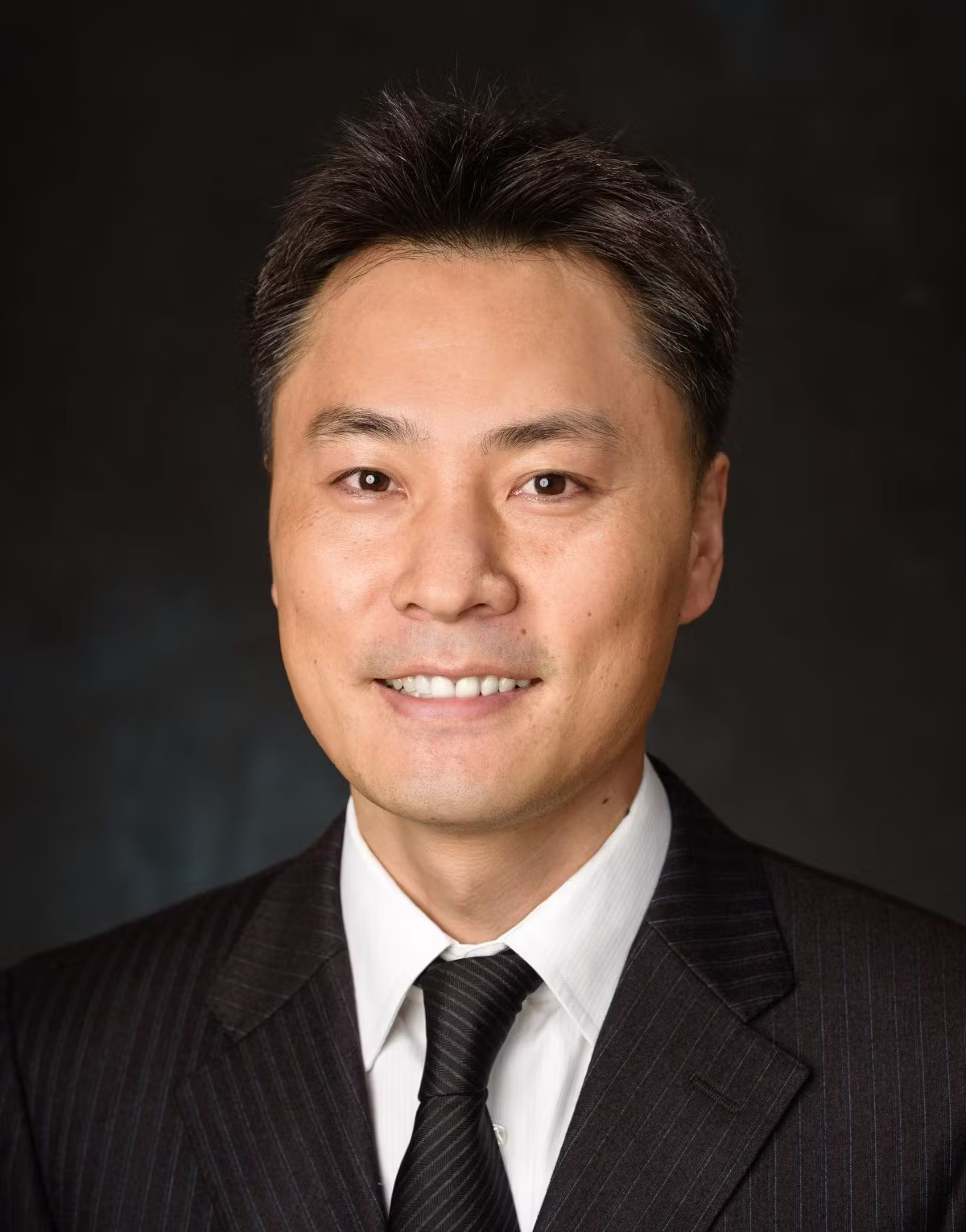Jinho Kim Receives $591K Cystic Fibrosis Foundation Grant to Develop First Ex Vivo Lung Model Platform for Cystic Fibrosis Gene Therapy Delivery
The Stevens biomedical engineering professor is developing this unprecedented new technology in collaboration with Columbia University and Vanderbilt University
To date, developing therapeutic drugs for cystic fibrosis has been an imperfect system. Requiring many years and billions of dollars, the process frequently fails because current tissue culture and animal models of cystic fibrosis are poor predictors of how well — or not — a drug will perform when released into the body of a real human living with the disease.
Worse, a drug might be released to market, only to end up having to be recalled.
“The cystic fibrosis that animals have is different from humans. It doesn’t really mimic the actual human cystic fibrosis disease, so it's really challenging to develop drug molecules that work,” explained Jinho Kim, an assistant professor in the Department of Biomedical Engineering at Stevens Institute of Technology. “So our goal is to make a small bioreactor that can maintain or recapitulate the cystic fibrosis disease within the lab. We are trying to make a bioartificial tissue — human tissue — that has the cystic fibrosis disease that can be used to test different types of drugs.”
Through a $591,006 grant from the Cystic Fibrosis Foundation, Kim will develop a platform for modeling cystic fibrosis that uses animal and human lungs that are supported ex vivo (outside the body). The first of its kind ever to be developed, this ex-vivo model platform will allow for easier access to and handling of diseased tissue or organs than is currently possible when such organs are located inside an animal’s body.
Developed in collaboration with Columbia University and Vanderbilt University, the system will include lung models at three different scales: a miniature model of a lung airway that requires only small sections of lung tissue; a more complex lung model using a whole pig lung; and a whole lung model using a human lung that has been rejected for transplant.
All three models will incorporate bioartificial mucus that the team is developing to mimic the unique features and biochemical properties of the thick, dry mucus seen in cystic fibrosis patients that gene delivery drugs must overcome in order to be successful. Additional challenges to successful gene therapy include delivering genes to the correct areas of the lungs and inserting the necessary genes into the appropriate lung cells.
Altogether, the platform will allow for quick and repeatable studies of gene therapy drug delivery to determine how a particular drug will perform under the most accurately recreated human conditions possible.
“Different patients have different conditions — different levels of inflammation, mucus thickness, uneven mucus distribution, even lung function. They're all different. There is no perfect model,” said Kim. “Our goal is to make the artificial cystic fibrosis mimetic lung system as close as possible to the [cystic fibrosis] patients’ lungs, so we can more efficiently test different drug molecules.”
A mechanical engineer by training, Kim is focused on creating the small airway tissue bioreactor, including its sensing and imaging techniques, as well the methods for monitoring the response of the tissue and delivering the therapeutic drug molecules. This miniature bioreactor will grow a small portion of human tissue on which different types of drugs can be screened. This smaller bioreactor is easier to handle than the larger bioreactors since only a small portion of the lung is needed. This three-year project builds off Kim’s previous sensing and imaging research.
Although employing animal lungs in their own research (which are more readily available than human lungs), the ultimate goal of developing the ex vivo platform is to make it possible for drug manufacturers to bypass the animal models stage of drug development entirely. Being able to concentrate on human tissue and organs only would save manufacturers years of time and billions of dollars — while dramatically accelerating the timeline for getting life-altering, or even life-saving, drug therapies into patients faster.
The platform is not restricted to cystic fibrosis research either. Rather, the technology could be adapted to address any disease in which growing and maintaining organs or tissue outside the body efficiently would be an advantage.
“This ex vivo organ bioreactor system concept can be applied to many different types of diseases — even cancer research and different types of untreatable diseases like fibrosis and brain-related diseases,” Kim said. “We can grow these different organs or tissues outside the body to more efficiently and more accurately study those diseases. So the concept can be applied to many different types of diseases.”

